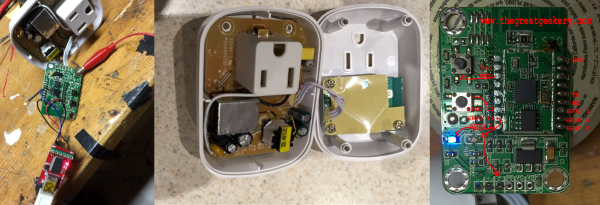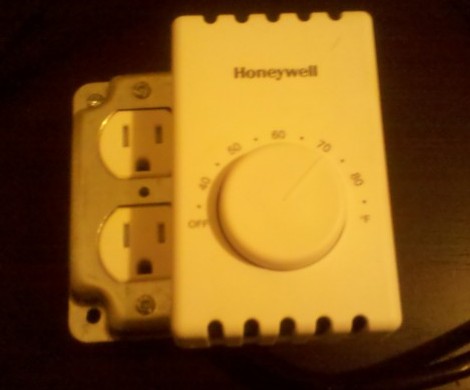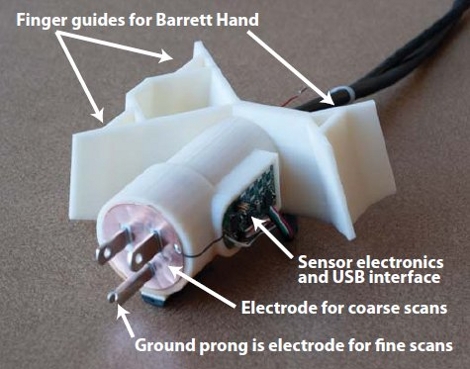When we buy new shiny toys, we usually open them up to at least have a look. [Scott Gibson] does the same, apparently. He found an ESP8266 module inside the EcoPlug brand WiFi-controlled wall switches.
The original device was intended to be controlled by a (crappy) app. He sniffed the UDP packets enough to send the on-off signals to an unmodified device, but where’s the fun in that? [Scott] gave it an upgrade by replacing the ESP8266’s firmware with his own and now he’s got a much more capable remote switch, one that speaks MQTT like the rest of his home automation system.
Continue reading “Finding ESP8266 Inside Big-Box Store IoT Plugs”















